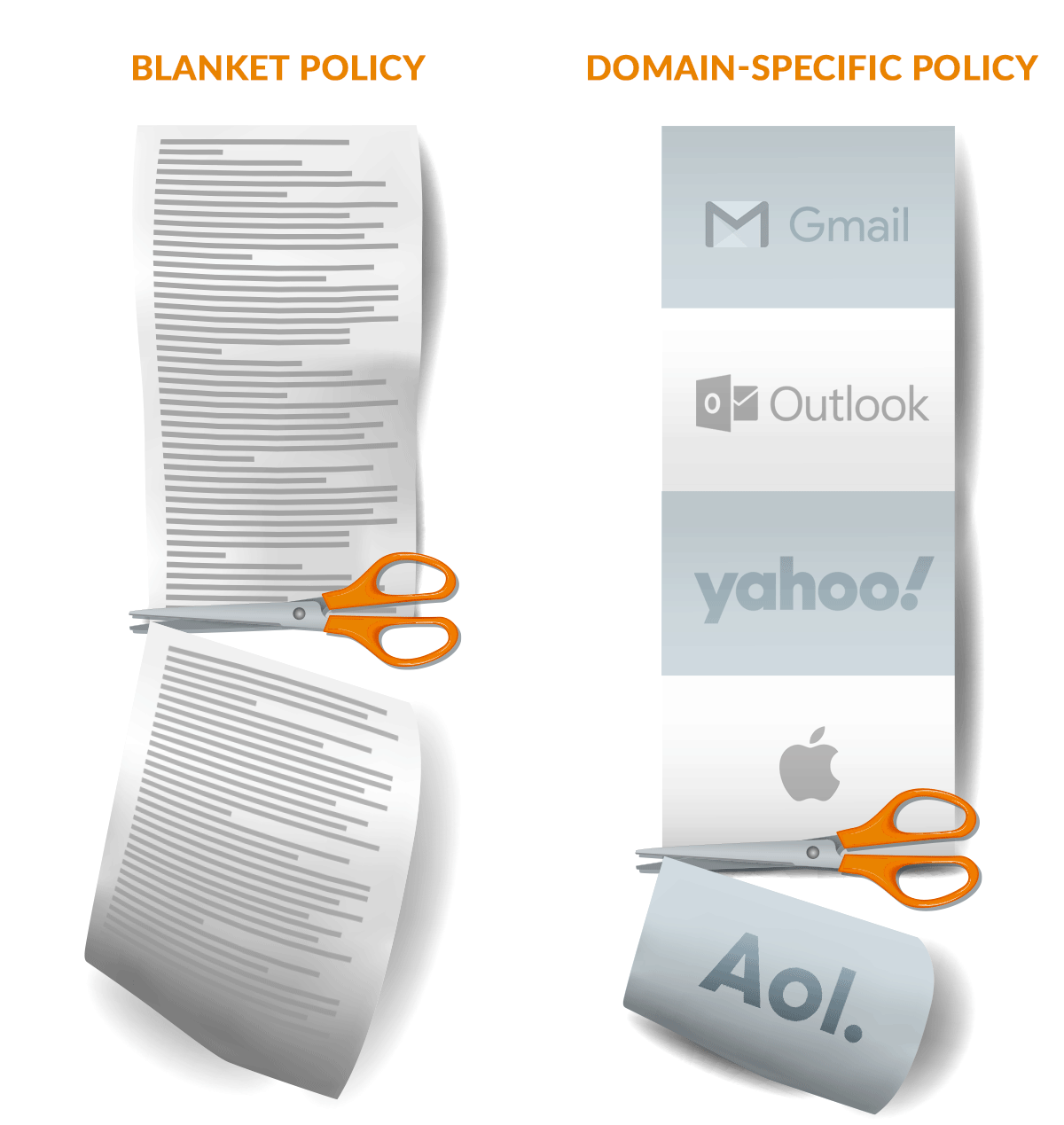
The sun never sets on the Validity empire, but it’s a good idea to actually let the sun set on some email addresses on your mailing lists. In fact, it’s even called “sunsetting,” and it’s a best practice you need to embrace.
In the simplest terms, a sunsetting policy refers to the practice of having some process in place for removing unengaged addresses from your active mailing list. I’ll say it again: Every sender needs a sunsetting policy. Letting long-term unengaged addresses pile up on your mailing list is the single most common deliverability misstep I’ve observed in my many years of doing deliverability work. For those still in the dark (get it?), I’ll outline several different sunsetting strategies ranging from simple to complex, and explain the pros and cons of each of them.
The most basic sunsetting policy
A requirement for any sunsetting policy is that you have some way of knowing the last time a recipient opened or clicked an email from you. “Time since last engaged” needs to be a metric you track for every address on your mailing list. The number of days since last engagement should be something you can easily filter and segment your mailing list around, the same way you apply any other filter or segmentation. We do this pretty well in our Audience Explorer.
Assuming you have this metric for every address on your list, the simplest sunsetting policy is nothing more than suppressing addresses after they reach a certain number of days since last engagement. The “correct” number of days varies from sender to sender, but for the purposes of this article, let’s say it ranges from somewhere between three months for aggressive, high-frequency senders to 12 months for less aggressive, lower-frequency senders. Without knowing the details of your email program, the closest thing to a “one size fits all” solution for a basic sunsetting policy would be six months. Apply this rule to your entire mailing list, and you’ve just executed your basic sunsetting policy.
Adding a layer of complexity
If simply removing addresses from your list the moment they reach some number of days since their last open seems a bit…basic, that’s because it is. It is far better than having no policy in place, of course, but there is so much more you can do. Let’s say you’re an online retailer or e-commerce company and each weekday you send a newsletter to everyone who subscribes. Let’s also assume you have a sunsetting policy set for six months. Great. Probably not a bad plan.
However, this means someone could potentially receive 120 newsletters from your organization without ever opening a single one and still be on your mailing list. That is a lot of unread messages.
A great solution for this problem is to put a policy in place reducing frequency for long-term unengaged addresses. Maybe after two months of inactivity, recipients start to receive a single message per week rather than five. With this policy in place, someone would receive around 60 messages before being removed for inactivity. This still gives your recipients ample time to decide to re-engage, and helps protect your reputation by reducing your number of unengaged emails sent.
Advanced sunsetting: Dynamic sunsetting and domain-based sunsetting
Now that you know the importance of having a grasp on the time since last engaged for every recipient on your list, you can do some pretty cool things with it (resources and technology permitting). Remember when I said the ideal sunsetting policy varies from sender to sender? What if I told you the ideal sunsetting policy changes day to day, even for a single sender? Well, it does.
If you have a sunsetting policy set for six months across your entire list, and you’re nailing all of your engagement and conversion KPIs, you should consider increasing that engagement window to six and a half or seven months. On the flipside, if you have a six-month sunsetting policy and clicks are consistently sliding, you should tighten it to four or five months. The point here is that tightening or loosening your sunsetting window is one of the most powerful things you can do to control your reputation as a sender. The ability to quickly and easily adjust your sunsetting policy is key for any email marketing team.
Taking this one step further… What if you had a different sunsetting policy for each of your top five to 10 receiving domains? Maybe your open and click rates are great at Hotmail, but it is struggling at Gmail. There is no reason to tighten up your engagement window at Hotmail, but you are clearly leaving some money on the table at Gmail. A domain-based sunsetting policy can save you a ton of money because it lets you apply more aggressive sunsetting where you need to, rather than suppressing subscribers at mailbox providers (MBPs) who are happily accepting and inboxing all of your email.
For example, going from a six-month sunsetting policy down to a three-month policy might result in 50,000 subscribers being suppressed. However, if you make this change exclusively for your gmail.com subscribers, maybe it only results in 20,000 subscribers being suppressed.
The final piece of this dynamic, domain-based sunsetting strategy is, getting the most out of this approach requires constant monitoring of your KPIs and inbox placement (psst, this is exactly the kind of thing you can get from Validity Everest). You need to know which MBPs are sending your mail to spam folder so you can tighten things up there. You need to know where your engagement is the highest and inbox placement is the strongest so you can relax and send more mail there. Your sunsetting policy needs to move in concert with your actual results. Senders who are able to execute on this are truly maximizing their email deliverability, their ROI on email, and also improving the customer experience for anyone receiving their email.
